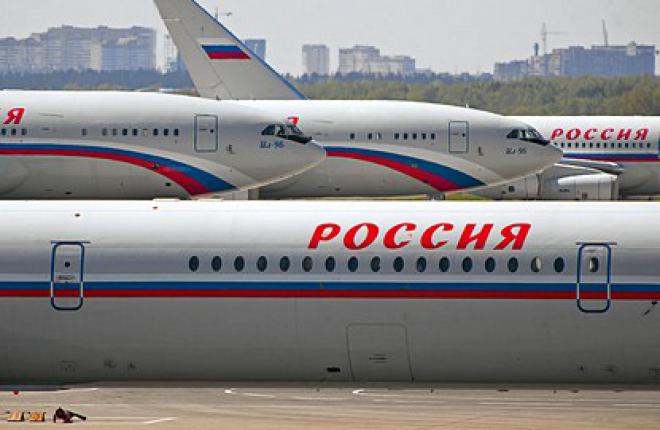Il-96 operational life extended

In August Russia’s Central Aerohydrodynamic Institute (TsAGI) has completed residual strength tests on the Ilyushin Il-96 long-range aircraft at the request of the developer. The tests were performed on the Il-96-300 modification to simulate the more exacting operational requirements for the Il-96-400T freighter version. According to TsAGI, the first phase of the tests involved critical damage to the primary wing structures, after which the wing was subjected to maximum loads. In the second phase, the outer skin of the pressure fuselage would be cut longitudinally between three adjacent ribs, and the middle rib was similarly cut. The fuselage would then be overpressurized to 0.72 atm, or 15% above the operational value. The damaged skin withstood all the loads applied.
Prof Konstantin Shcherban, deputy head of the TsAGI division responsible for operational life proof testing, says the entire series of endurance tests on the Il-96 has been successfully completed, permitting operation of the type beyond its design operational life. At present, 16 Il-96 aircraft of various modifications are operated in Russia. The presidential aviation unit operates seven Il-96-300s, Aeroflot has six such aircraft. Polet Airlines has three Il-96-400T freighters.
Ссылки по теме
- Для того, чтобы оставить комментарий, не привязанный к социальной сети, войдите или зарегистрируйтесь на нашем сайте.
CIS & Russian Aviation News And Insights
- Aeroflot to add 23 new destinations to its vast summer route network
- Sky Gates Airlines takes delivery of second Ilyushin IL-96-400T
- Superjet 100 flies with Russian engines
- Aeroflot posts first full year profit since pandemic
- Supporting Russia’s fleet of Western-built aircraft is a humanitarian necessity – AmCham Russia
- Rosaviatsiya: Russian airlines’ passenger traffic to decline in 2025
- Aeroflot promotes initiative towards harmonization of Russia’s continued airworthiness system with international standards
- Russia’s Smartavia passenger traffic decreased by 6.7%
- Russian airlines 2024 traffic exceeds the pre-sanctions level









